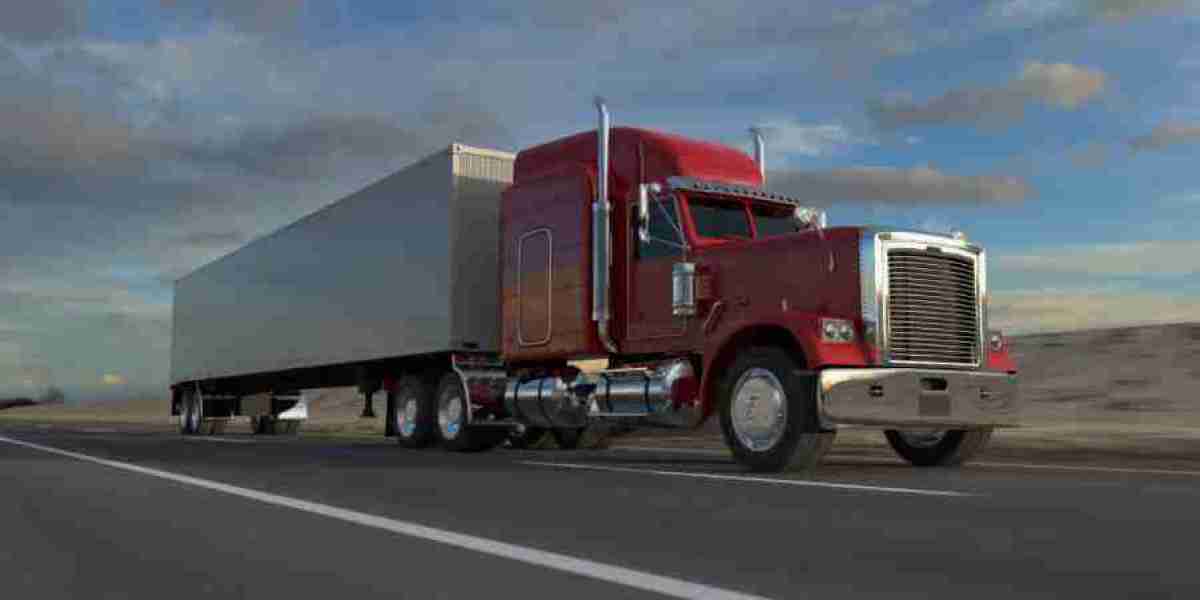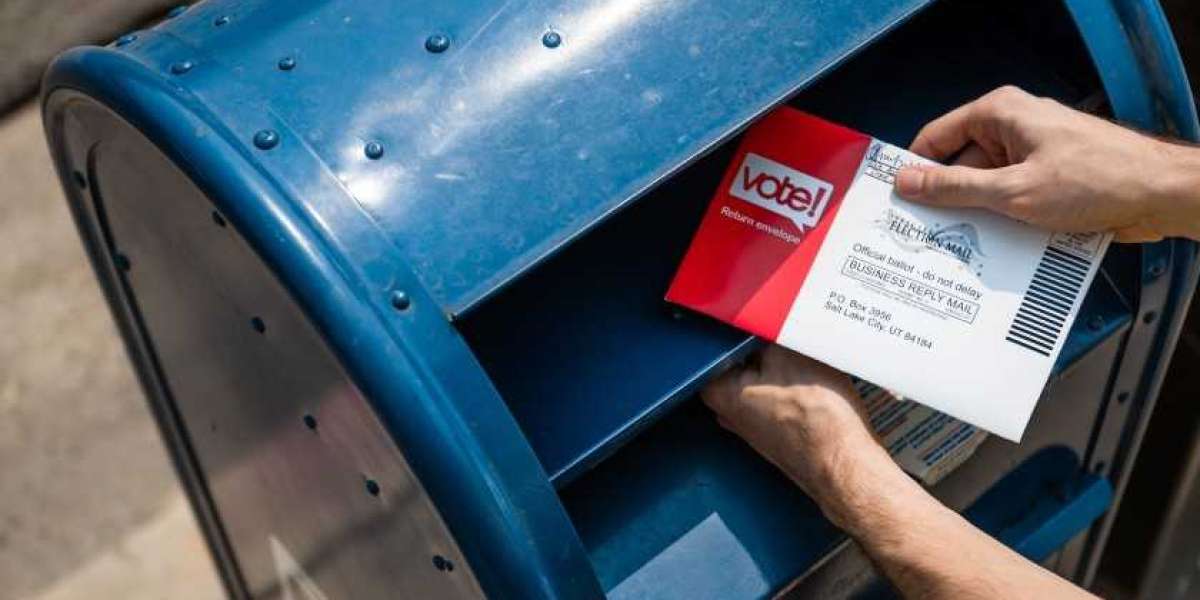Motorcycles are a common sight on roads, sharing space with cars, trucks, and other vehicles. While many drivers understand the basic safety measures when driving near motorcycles, they may not be aware of how wind impacts these two-wheeled vehicles. Unlike cars and trucks, motorcycles are lightweight and more vulnerable to wind-related challenges. This guide will help car and truck drivers understand how wind affects motorcyclists and how to drive safely around them.
Why Wind is a Big Deal for Motorcyclists
Motorcycles don’t have the stability of four wheels, making them highly susceptible to strong winds. Wind gusts, crosswinds, and turbulence from larger vehicles can push a motorcyclist off course, requiring quick adjustments to maintain balance and control. Understanding these challenges can help car and truck drivers take precautions to ensure safer roads for everyone.
Types of Wind That Affect Motorcycles
Crosswinds: These winds blow from the side and can cause a motorcyclist to drift unexpectedly.
Headwinds: Winds blowing directly against the motorcycle slow it down and make handling more difficult.
Tailwinds: Winds from behind can push a motorcycle forward, sometimes leading to unstable speeds.
Turbulence from Larger Vehicles: Trucks and cars create air pressure differences that can throw a motorcycle off balance when overtaking a motorcyclist or driving alongside one.
How Car and Truck Drivers Can Help Motorcyclists in Windy Conditions
1. Maintain a Safe Following Distance
Motorcycles need extra space when dealing with wind. Sudden gusts can force riders to swerve slightly, so leaving at least four seconds of following distance gives them room to maneuver safely.
2. Be Cautious When Overtaking a Motorcyclist
When passing a motorcycle, strong air pressure changes can cause instability. Here’s how to do it safely:
Signal your intention early.
Move completely into the next lane to give ample space.
Avoid sudden acceleration or braking that could create turbulence.
Pass quickly but smoothly to minimize wind impact.
3. Watch for Sudden Swerves
Strong winds can cause a motorcyclist to lean into the wind or shift unexpectedly. Be patient and allow them space to adjust rather than assuming they are riding unpredictably.
4. Reduce Speed in High Winds
If you notice wind affecting your own vehicle, it is likely affecting motorcycles even more. Slowing down can reduce the wind pressure and make it easier for motorcyclists to maintain control.
5. Be Mindful of Windy Areas
Certain locations, such as bridges, open highways, or valleys, tend to have stronger winds. If you’re driving in these areas, stay alert for motorcyclists and be prepared to adjust your driving behavior accordingly.
How Wind Affects Different Types of Motorcycles
Not all motorcycles handle wind the same way. Here’s a look at how different types are impacted:
Sport Bikes: Lightweight and aerodynamic, but crosswinds can still push them off balance.
Cruisers: Heavier, which provides some wind resistance, but large handlebars and seating position make them prone to wind instability.
Touring Bikes: Often equipped with windshields, but their larger surface area can act like a sail in high winds.
Scooters and Small Bikes: Extremely lightweight, making them the most vulnerable to wind gusts.
Special Considerations for Truck Drivers
Truck drivers, in particular, need to be extra cautious around motorcyclists because the size and speed of a truck generate significant turbulence. Here are some extra precautions:
Be aware of wind tunnels created when passing motorcycles.
Avoid making sudden lane changes that could cause a motorcyclist to lose balance.
Reduce speed if you see motorcyclists struggling in windy conditions.
What Motorcyclists Do to Counteract Wind
While drivers can take precautions, motorcyclists also employ techniques to manage wind:
Leaning into crosswinds to counteract the force.
Using knees to grip the bike for better stability.
Adjusting speed to match wind conditions.
As a driver, knowing these techniques can help you anticipate motorcycle movements and react accordingly.
Final Thoughts: Share the Road Safely
Wind is an invisible but powerful force that affects motorcycles in ways most car and truck drivers don’t realize. By maintaining safe distances, overtaking motorcyclists with care, and staying aware of wind-prone areas, you can help create safer roads for everyone.
FAQs
1. How do I know if wind is affecting a motorcyclist? If you see a motorcyclist leaning heavily to one side or making slight swerving movements, they are likely dealing with strong winds. Give them extra space and be patient.
2. Is it safe to pass a motorcycle in windy conditions? Yes, but do so carefully. Move fully into the next lane, avoid sudden speed changes, and pass smoothly to minimize turbulence.
3. Why do motorcycles swerve when it’s windy? Motorcycles may shift slightly to maintain balance against wind gusts. This isn’t reckless riding—it’s necessary for control. Stay alert and allow them space to adjust.














